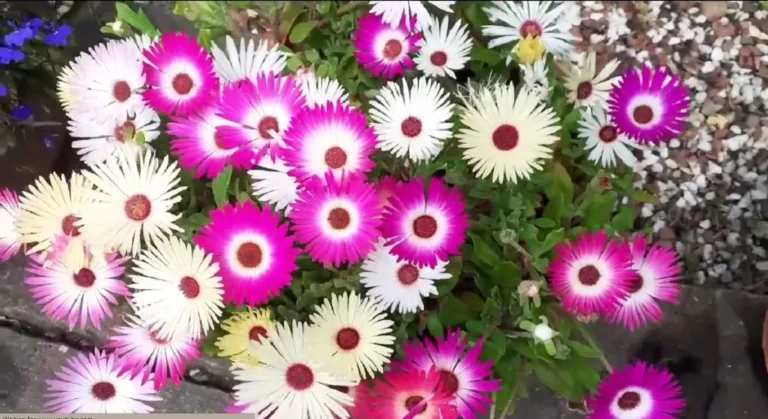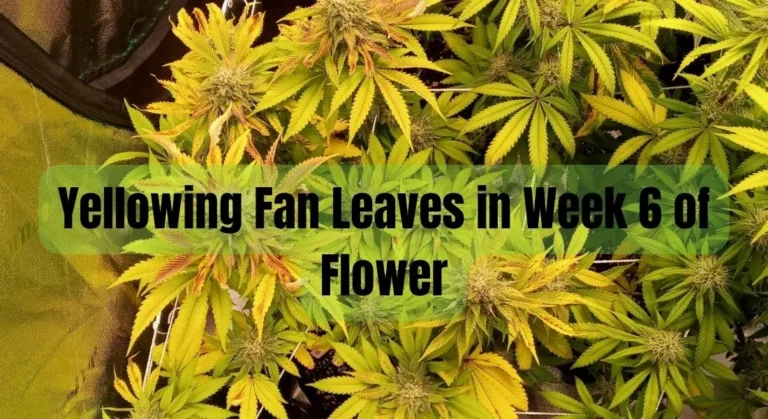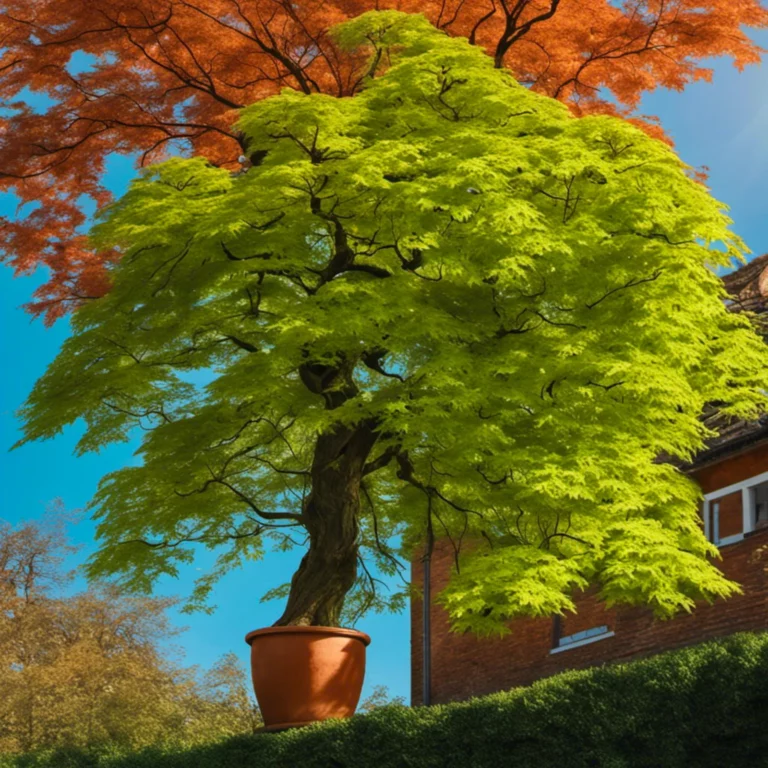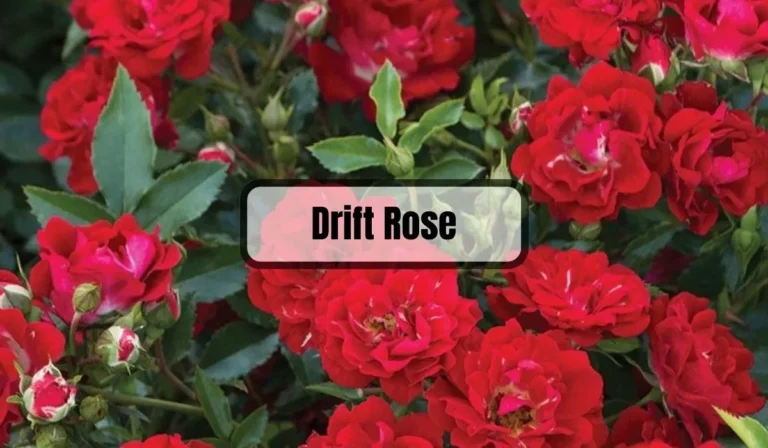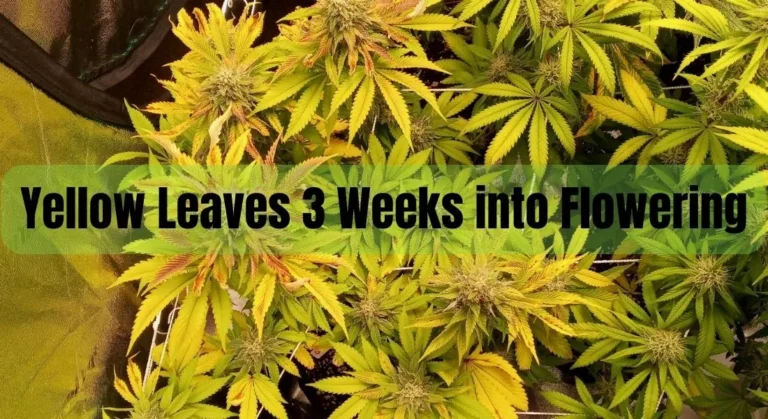Blue Pacific Juniper Problems: How to Fix Them
Are you a proud owner of a blue pacific juniper plant that’s not looking as healthy as it should? Are you noticing yellow or brown leaves, leaf drooping or curling, or even leaves falling over?
If you’re feeling overwhelmed and unsure of how to revive your plant, don’t worry, you’re not alone. In fact, many gardeners face similar problems with their blue pacific juniper plants. But the good news is, there are simple solutions to these problems that can help you bring your plant back to life.
One of the most common issues with blue pacific juniper plants is blight, a pathogenic disorder that can cause yellow patches to develop from the top to the bottom of your plant before turning brown. But blight isn’t the only problem that can affect your plant.
In this article, we’ll explore some of the most common issues and provide you with actionable tips to help you get your blue pacific juniper plant looking healthy and vibrant again.

Blue Pacific Juniper Problems
If you have a Blue Pacific Juniper in your yard, you may be wondering what problems you might encounter. Fortunately, most of the issues that arise with this plant are easily solvable.
In this section, we will discuss some of the most common problems and their solutions, as well as preventative measures you can take to keep your Blue Pacific Juniper healthy.
Blue Pacific Juniper Common Problems and Solutions
Juniper Blight
One of the most common problems with Blue Pacific Juniper is blight. This is a pathogenic disorder that can cause yellow patches to develop on the plant before turning brown. If you notice this problem, it’s essential to take immediate action.
Causes:
- Water issue
- Bacteria
- Fungi
Treatment Guide:
- Remove the affected parts of the plant
- Apply fungicide
- Water the plant properly
Disease Issues
Okay, first things first – disease issues. If there’s one thing that makes me shudder, it’s coming face to face with an afflicted plant, and our Blue Pacific Juniper is no exception. Let’s pull back the shadows and reveal the usual suspects:
- Kabatina and Phomopsis Tip Blight: These are the sneakiest of the lot. One day your plant is perfectly fine, the next, the tips of your juniper start turning brown. It’s like a horror movie, but worse because it’s real! What’s important is to catch it early – look for brown or gray lesions at the base of your sick shoots.
- Cedar Rust Diseases: This one’s a double whammy. It not only affects your juniper but can jump to your apple trees too! Symptoms include swellings on twigs and orange-colored fungal spore masses.
- Root Rot Diseases: If your juniper is looking sick and wilting, but there’s no sign of disease above ground, you might be dealing with a root rot disease. They’re like the invisible enemy, only noticeable when it might be too late.
Pest Issues
Next on the hit list – pests. Now, I don’t know about you, but if there’s one thing that really grinds my gears, it’s pesky little critters munching on my plants. Let’s look at the main culprits:
- Bagworms: These pests create little “bags” that hang from your juniper, camouflaged to look like pine cones. Clever, but not welcome.
- Webworms: If you see a dense, silk web in your juniper, you’ve got webworms.
- Spider Mites: These are almost invisible to the naked eye, but they cause yellow spots or a bronzing effect on your juniper.
Environmental Stressors
Lastly, our dear juniper might be struggling with environmental stressors. It’s like when you’ve had a rough day, except your juniper can’t kick back and relax. Here’s what to watch out for:
- Overwatering and Poor Drainage: If your juniper’s roots are always wet, they can’t breathe. It’s like being stuck in a hot and humid room with no air.
- Drought Stress: On the other hand, your juniper needs enough water to survive. Too little, and it can get dehydrated.
- Winter Damage: Extreme winter can be too harsh for your juniper, causing browning or “burning” of the foliage.
- Nutrient Deficiency: Just like you need a balanced diet, your juniper needs a balanced soil. Watch out for yellowing leaves – it’s your juniper’s way of saying, “I need more nutrients!”
Preventative Measures
Proper Watering
One of the most important preventative measures you can take to keep your Blue Pacific Juniper healthy is proper watering. This plant needs well-draining soil and should be watered deeply once a week, especially during hot, dry weather.
Pruning
Regular pruning can also help keep your Blue Pacific Juniper healthy. This will help to remove any dead or diseased branches and will encourage new growth.
Fertilization
Finally, fertilization can also help to keep your Blue Pacific Juniper healthy. Use a slow-release fertilizer in the spring and fall to provide your plant with the nutrients it needs to thrive.
Importance of Proper Cultivation to Avoid Problems
If you want to keep your Blue Pacific Juniper healthy and thriving, it’s important to cultivate it properly. This means paying attention to the soil, watering, and sunlight conditions.
By taking the time to cultivate your juniper correctly, you can avoid many common problems like leaf problems, dieback, frost attack, root rot, disease attack, and pest infestation.
Soil
Blue Pacific Junipers prefer well-draining soil with a pH level between 6.5 and 7.5. If the soil is too acidic or alkaline, it can cause nutrient deficiencies and other problems.
To ensure that your juniper has the right soil conditions, test the soil before planting and amend it as necessary. Additionally, make sure the soil is not compacted, as this can lead to poor drainage and root rot.
Watering
Proper watering is crucial for the health of your Blue Pacific Juniper. Overwatering can lead to root rot, while underwatering can cause the plant to dry out and die. To avoid these problems, water your juniper deeply but infrequently.
Allow the soil to dry out slightly between waterings, and make sure the water is draining properly. Avoid overhead watering, as this can lead to fungal diseases.
Sunlight
Blue Pacific Junipers require full sun to thrive. They can tolerate some shade, but too much shade can lead to weak growth and pest infestations.
Make sure your juniper is planted in an area that receives at least six hours of direct sunlight per day. If your juniper is not getting enough sunlight, consider pruning nearby trees or shrubs to allow more light to reach it.
Dealing with Established Problems
So, you’ve got some established problems with your Blue Pacific Juniper. Don’t worry, it’s not the end of the world. There are steps you can take to help your plant recover and thrive once again.
First things first, it’s important to identify the problem. Take a close look at your plant and try to determine what’s causing the issue. Once you’ve identified the problem, you can take steps to fix it.
Here are some common problems and solutions:
- Yellowing leaves: This could be a sign of overwatering or poor drainage. Make sure your plant is not sitting in water and adjust your watering schedule accordingly.
- Brown leaves with black spots: This could be a fungal infection. Remove any affected leaves and treat with a fungicide.
- Leaf drooping: This could be a sign of underwatering. Make sure your plant is getting enough water and adjust your watering schedule accordingly.
- Leaf curling: This could be a sign of spider mites. Treat with an insecticide.
It’s important to note that some problems may require more than one solution. For example, if your plant is suffering from a fungal infection, you may need to adjust your watering schedule in addition to treating with a fungicide.
In addition to identifying and treating the problem, there are a few other steps you can take to help your Blue Pacific Juniper recover:
- Prune dead or damaged branches: This will help your plant focus its energy on healthy growth.
- Fertilize: Use a balanced fertilizer to help your plant grow strong and healthy.
- Mulch: Adding a layer of mulch around the base of your plant can help retain moisture and prevent weeds.
Remember, it’s important to be patient. Your plant may take some time to recover, but with the right care and attention, it will thrive once again.
How do I Know if My Blue Pacific Juniper has a Fungal Disease?
Fungal diseases can be a common problem for Blue Pacific Junipers. Here are some signs to look out for:
- Yellow or brown spots on the leaves
- Leaves turning brown or black
- White, powdery substance on the leaves
- Leaves falling off prematurely
If you notice any of these symptoms, it’s important to take action right away. Remove any infected leaves or branches and dispose of them properly. You can also apply a fungicide to help prevent the spread of the disease.
FAQs
If you’re a proud owner of a Blue Pacific Juniper, you might have some questions about how to keep it healthy and thriving. Here are some frequently asked questions and answers to help you out:
How can I prevent fungal infections in my Blue Pacific Juniper?
To prevent fungal infections, you should ensure that your Blue Pacific Juniper is planted in a location with good water drainage. Avoid planting your juniper tree in an area where rainwater constantly accumulates. Before each application of water, check whether the soil is wet. Pruning the affected limb can serve as the first step in primary treatment for fungal attacks.
What can I do to control leaf problems in my Blue Pacific Juniper?
To control leaf problems, you must maintain the microclimate elements properly. This means balancing the sunlight, watering method, water amount, water quality, temperature, humidity, and nutrient status according to the plant’s needs. Juniper leaves love to grow in full sunlight.
How can I prevent browning in my Blue Pacific Juniper?
Brown spots on Blue Pacific Junipers can be caused by a variety of factors, including insufficient water, excessive sunlight, and nutrient imbalances. To prevent browning, you should ensure that your juniper tree is planted in a location with good water drainage and is receiving the appropriate amount of sunlight. Additionally, you should fertilize your tree appropriately and monitor its nutrient levels regularly.
Conclusion
In conclusion, Blue Pacific Junipers are a popular choice for gardeners due to their hardiness, low maintenance, and attractive blue-green foliage. However, they are not immune to problems, and it is important to be aware of these issues to keep your plants healthy and thriving.
Related Posts:

